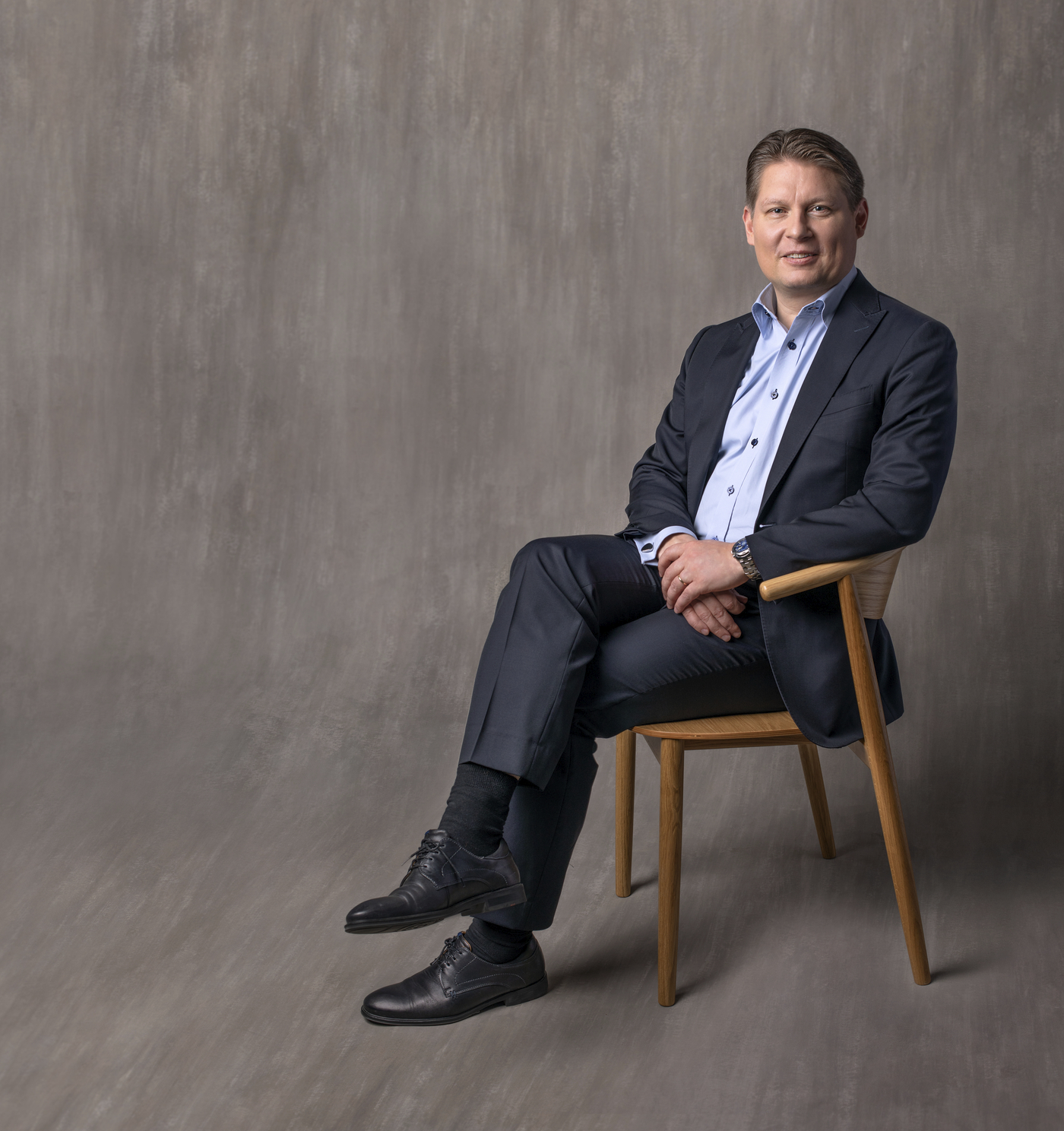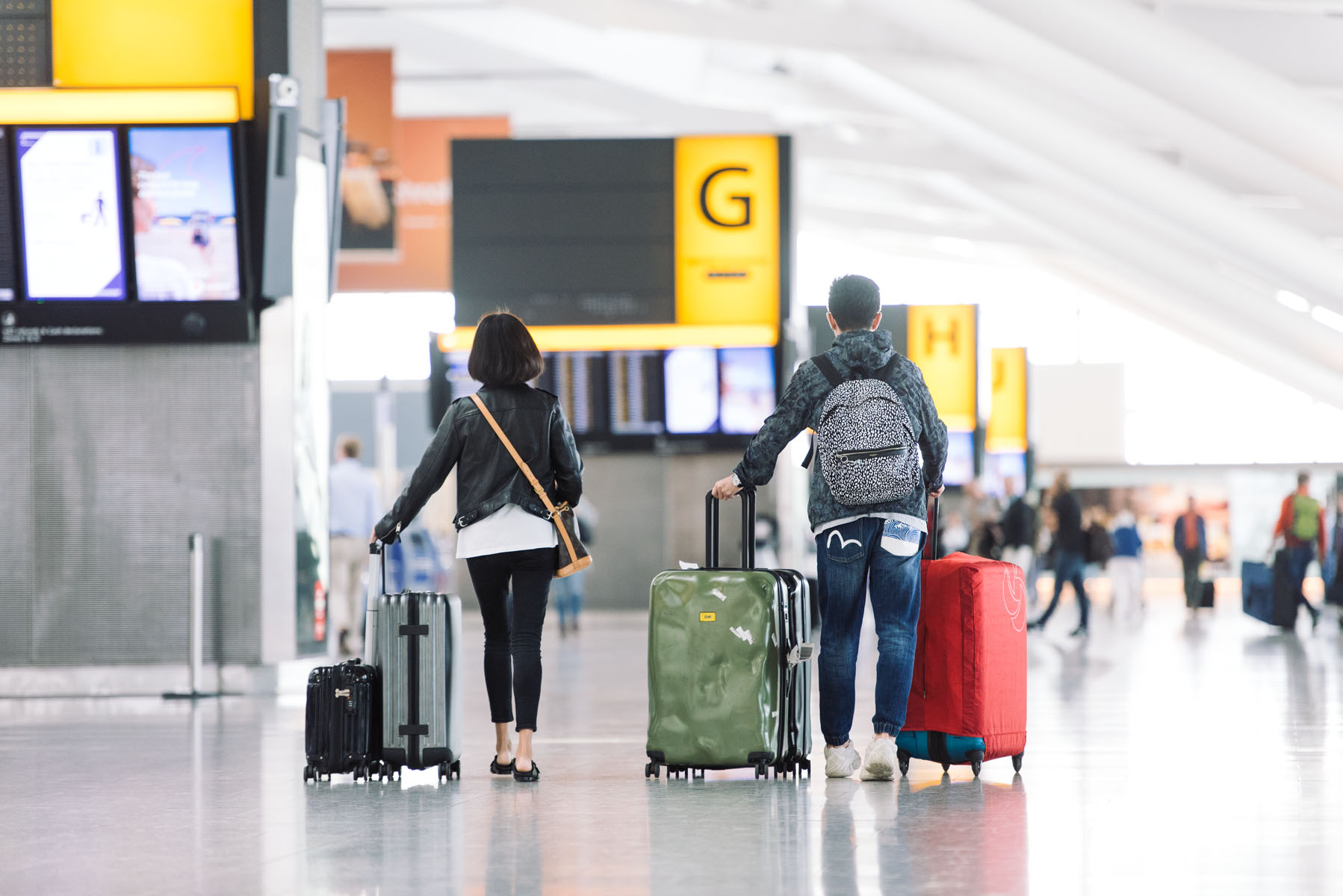Topi Manner: Leading Finnair through Crisis and Celebrating 100 Years
An exclusive interview with Topi Manner, who led Finnair's transformation after the Russian airspace closure and navigated the airline through unprecedented challenges
May 26, 2023

Photo: Topi Manner, CEO Finnair. Courtesy of Finnair.
Finnair’s CEO, Topi Manner, has one of the most challenging jobs in the industry, as the Nordic carrier had to radically re-invent itself after the Russian airspace closure. Back on track, Finnair celebrates its 100th anniversary in November.
As a sparsely populated country on the northeastern edge of Europe, Finland has never been a natural hub for global aviation. But the Finns have always been very ingenious in taking the best advantage of geography, succeeding in turning their homeland of only 5.5 million people into a major intercontinental hub.

Photo: Helsinki, Finland. Courtesy of Tom Brunberg / Unsplash.
Finnair, renowned for its efficient hub in Helsinki, had thrived for decades as the premier transfer point for Europeans traveling to and from Asia. However, on February 26, 2022, their successful business model abruptly stopped.
Flight AY073—which had been taking a direct route through Russian airspace to reach Japan in under nine hours—was no longer permitted to do so. As a result of the Russian war on Ukraine and subsequent sanctions, Finnair now faces a significant challenge, with the Helsinki to Tokyo route taking over 13 hours and covering an additional 3,000 miles to avoid Russian airspace.

Photo: Courtesy of Finnair.
Topi Manner, previously employed by Nordea Bank since 1997, assumed the CEO position at Finnair in January 2019, bringing an outsider perspective to the airline’s headquarters near Helsinki’s Vantaa airport.
His leadership at Finnair faced a brief honeymoon period before being confronted with the unprecedented pandemic crisis. In early 2022, the Nordic carrier encountered an even greater threat due to its heightened exposure to the repercussions of Russia’s war. This distinguished Finnair from airlines like Air France, which experienced comparatively minimal impact.
“In the last few years with the double crisis of the pandemic and the Russian war on Ukraine, we have been adapting like never before in our history of one hundred years,” says Topi Manner, a youthful and energetic, yet soft-spoken 49-year-old. “This experience has really gone under the skin of everyone in the company. So, we are very proud of that and the fact that we have survived all of it.”

Photo: Airbus A350-900. Courtesy of Finnair.
“In the darkest hours of those three years, it was not self-evident for us or any other airline to make it through,” Manner says.
Just in time for an extraordinary Centennial occasion, Finnair is back on track, thanks to Topi Manner’s and his team’s leadership and the durability of the Finns in general. “It has taught us that it is not self-evident that an airline turns one hundred years, and that magnifies the historic proportions of the celebration for us,” he points out.

Photo: Airbus A350-900. Courtesy of Finnair.
Finnair will join peers such as KLM and Qantas in entering the exclusive club of centennials among still-existing airlines. Being the sixth-oldest carrier in the world, Finnair’s predecessor, Aero O/Y, started operations on November 1, 1923.
“This is a very special year for us; we are very proud of our history,” stresses the CEO.
While there understandably won’t be any big birthday bash, Finnair celebrates with its passengers through many smaller gestures—such as special “Moomins” decals on two A350s or special anniversary catering served on long-haul flights from September.

Photo: Courtesy of Finnair
Finnish Moomins are whimsical and beloved characters created by Finnish author and illustrator Tove Jansson. They are a group of imaginative creatures known for their gentle nature, curiosity, and warm-heartedness. Through their stories, they navigate various themes and emotions, imparting valuable life lessons while fostering a sense of wonder, friendship, and acceptance—fitting characters for this special moment in the airline’s history.
Profits on the horizon
But the most important birthday present is the result of a common effort of staff and management, showing remarkable resilience.
“We are on schedule for our recovery, we are at least on time with our plan, if not ahead of it, and we are moving towards a full year of profits with a busy summer coming, so we are optimistic for the future,” said Manner—a remarkable achievement, only one year after the Russian war, nullified the existing business model of the airline as being the fastest and best-connected European airline to Asia.
“This ability to change and adapt is the sort of secret sauce of Finnair. And that is the source of our optimism,” says the CEO. “The reason we built back during the crisis is simply our people; we are now a culturally stronger company, we are fast and agile, more resilient, and we are an airline that does things differently.”

Photo: Business Class, Airbus A350-900. Courtesy of Finnair.
Finnair’s unconventional strategy has surprised frequent fliers, as such changes are uncommon among legacy full-service airlines.
The introduction of Economy Light fares within Europe eliminates checked bags and larger cabin cases, limiting passengers to a small bag under the seat. Similarly, Business Class passengers now have reduced bag allowances, and French champagne has been removed from short-haul Business cabins.
“We want to offer customers choices,” explains the CEO. “On long-haul, we offer a premium product. On short-haul flights, a very convenient product, sort of stunningly simple in a very Nordic way.”
“In Business Class, people can do short trips within Europe with their carry-on, so we have adapted the bag allowance there.” Finnair mostly cites punctuality reasons as being behind the cutbacks on cabin bag allowances.

Finnair partners with Marimekko to produce service ware, pillowcases, and blankets / Photo: Courtesy of Finnair
One significant achievement since the Ukraine war is rebalancing the route network. Most secondary Asian destinations are gone, and the Chinese market only gets some essential services. At the same time, Finnair has embraced its Oneworld alliance membership and massively intensified cooperation with its partners.
Finnair now flies more to the U.S. to serve American Airlines hubs in Dallas/Fort Worth and Alaska Airlines in Seattle, offering multiple transfer options within North America.
On the other side of the globe, it wet-leases two Airbus A330s to Qantas in Australia and operates them from Bangkok and Singapore to Sydney.
Finnair now serves Doha from three Nordic cities, providing great connections to South Asia, Africa, and Australia through its oneworld partner, Qatar Airways. And the results can be seen already: “Our well-functioning hub in Helsinki is clearly a competitive advantage. This is why we now see new customer flows, like U.S. passengers flying to Italy or Spain via Helsinki, or Indian customers connecting in Helsinki to the U.S. and vice versa,” Manner points out.
Nordic Courage
“Helsinki airport is one of the best functioning, if not the best airport in Europe. In the chaotic summer of 2022, the longest queuing time we ever had was 45 minutes, which made headlines in Finland, but was nothing compared to other European hubs, and our on-time performance was the best in Europe together with Norwegian.”

Photo: Helsinki Airport. Courtesy of Finnair.
In other good news, passengers going through security in Helsinki can take liquids on board again without the usual limitations—a bonus of the newest scanning devices in place.
“Courage is one of our core values, and many of these examples show that we have been making courageous moves, and it has been paying off,” says Topi Manner, looking back at some of the most challenging times in his professional life.
“We needed to change the airline in a very short time frame, more than we changed it in previous decades. This is kind of what you need to do to adapt to this kind of external shocks, these external black swans that we encountered.” And apparently, under extreme circumstances, Finnair has found the right formula again.



